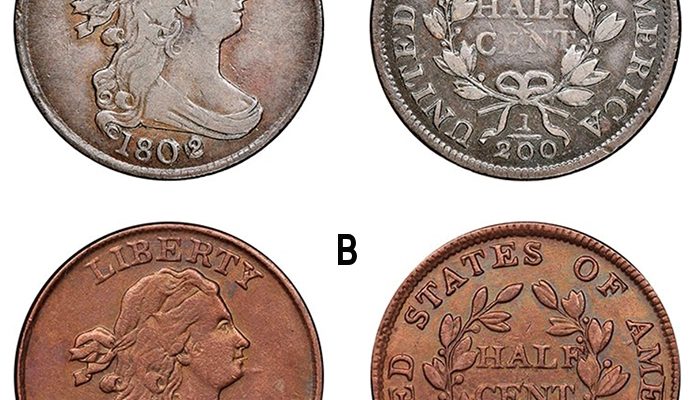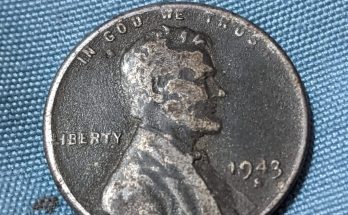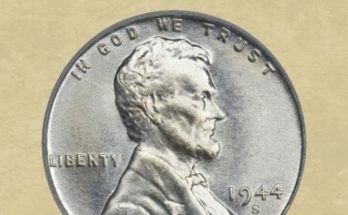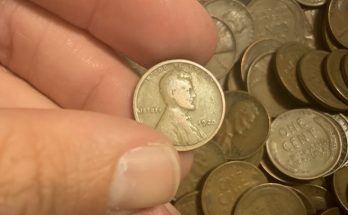By Numismatic Guaranty Company (NGC) ……
The early years of the United States Mint saw some rather uncouth practices in striking coins that would not be tolerated today, such as the creation of “overdates”, in which a die from a previous year was repunched with a new date so it could be used again. Clearly, this was a time when frugality was more important than elegance.
All half cents bearing the date 1802, for example, are of the 1802/0 overdate type, in which the number “2” was placed over the partially obliterated “0” from an 1800 die. At just over 20,000 pieces, the 1802/0 has the lowest mintage in the Draped Bust half cent series. Even in the lowest grades, these coins are worth hundreds of dollars. Above-average survivors can command thousands of dollars, while an extremely rare variety struck with an 1800 reverse die generally sells for over $10,000.

Numismatic Guaranty Company (NGC) recently received a submission that included a purported 1802/0 half cent. While its weight and composition are correct, there appears to be no trace of the underdate. The unnatural color, odd depressions, and overall weak details also point to its inauthenticity.

A further examination of the obverse shows a spike emerging from Liberty’s chin. Its shape matches that of a die flaw that is so famous on certain 1804 half cents that a popular variety is named after it: “Spiked Chin“.
The bottom of the reverse also has an imperfection that is associated with certain 1804 “Spiked Chin” half cents: A die crack involving the U in UNITED and 2 in 200. This die crack should be much sharper than it is on this coin. It appears weak due to the process involved in creating a counterfeit die from a genuine host coin. A loss of fine details occurs when the design is transferred from the host to the counterfeit die, which is what has caused the fuzzy look of the die crack as well as the rest of the coin’s details. The counterfeiter clearly used an 1804 “Spiked Chin” half cent (which is a much more affordable coin) to create the false dies for an 1802/0 counterfeit.

Spending hundreds or even thousands of dollars on a coin is a considerable investment for most collectors, so it’s important to make sure the piece is genuine.



